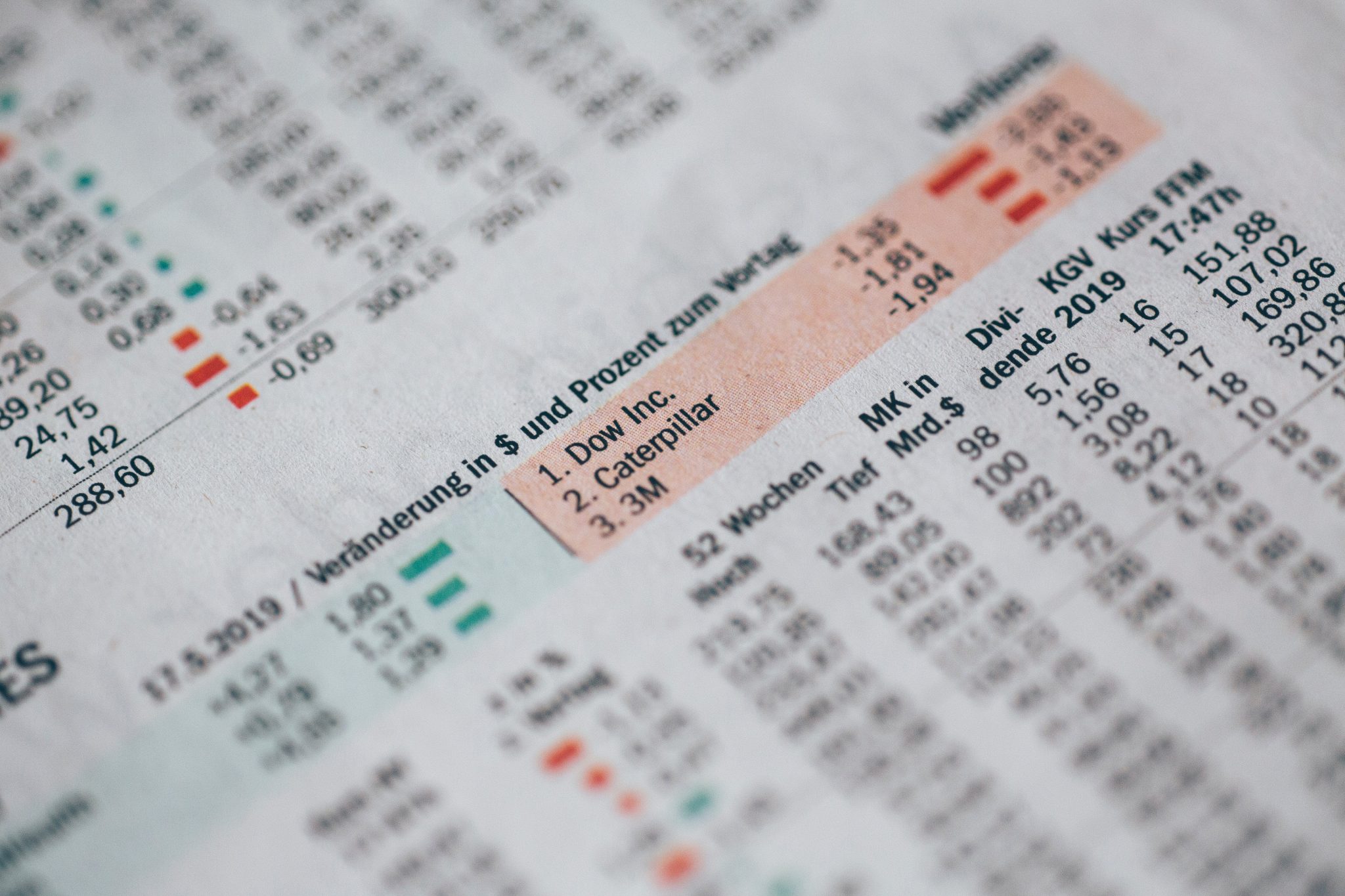Social Security is a significant portion of most retirees total income. In fact, about a third of retirees get 90% of their income from Social Security. Such an important component of your income deserves some attention. In this article you will learn how your benefit is calculated so that you can get an idea of what you will qualify for when you file.
How do I Qualify for Social Security?
To qualify for Social Security, you need a minimum of 40 credits. You earn credits for earnings you receive from covered employment. Although credits are sometimes referred to as “quarters” of coverage you don’t earn one each quarter simply because the time has passed.
You earn a credit when you receive a certain amount of income that is updated each year. In 2018, earning $1,320 got you one credit. For 2019, that amount is $1,360.
You can earn a maximum of 4 credits per year, but as soon as you earn four times the credit amount, you have earned four credits. Since a credit requires $1,360 in 2019, you earn four credits when you earn $5,440.
How is My Benefit Calculated?
Two factors determine the benefit you will receive:
1. Your earnings record
2. The age you file for benefits
Your benefit is based on a value called your Primary Insurance Amount (PIA). Your PIA is the benefit amount that you will receive if you claim your benefit at your full retirement age.
To find your PIA, you need to look at your earnings record. The Social Security Administration makes this available to you. You can log in to the Social Security Administration website to find you earnings record. If you see any mistakes, contact them to have it corrected.
Your earnings record is used to find your average monthly earnings, adjusted for inflation. In Social Security language, we call this your Average Indexed Monthly Earnings (AIME). Your AIME determines your PIA.
The formula you use to determine your PIA is:
- 90% of your AIME up to $926 plus:
- 32% of your AIME between $926 and $5,583 plus:
- 15% of your AIME over $5,583
For example, say your Average Indexed Monthly Earnings is $8,000.
- 90% of $926 = $833.40
- 32% of ($5,583 – $926) = $1,490.24
- 15% of ($8,000-$5,583) = $362.55
For a total of $2,686.19 rounded down to the nearest dollar: $2,686… This is how much your benefit will be if you file at your full retirement age.
When is My Full Retirement Age?
Your birth year determines your full retirement age. If you were born in 1954 or earlier your full retirement age is 66.
You increase your full retirement age by two months for every year after 1954.
- 1955: Your full retirement age is 66 and 2 months.
- 156: Your full retirement age is 66 and 4 months.
- 1957: Your full retirement age is 66 and 6 months.
- 1958: Your full retirement age is 66 and 8 months.
- 1959: Your full retirement age is 66 and 10 months.
- 1960: Your full retirement age is 67 – it caps out here.
If you were born in 1960 or later your full retirement age is 67.
What if I File Early, Before My Full Retirement Age?
You are eligible to file for Social Security when you turn 62. If you do, your benefit amount is reduced. If your full retirement age is 67, filing at 62 will reduce your benefit by 30% of your primary insurance amount. For a primary insurance amount of $2,686 like our example above, you would get $1,880.
To determine your reduction for early filing, reduce your PIA by:
- 5/9 of 1% for every month before full retirement age, up to 36 months.
- 5/12 of 1% for every month before full retirement age after 36 months.
Example: If your full retirement age is 67 but you file at 62 you are filing 5 years early:
- 5/9 x 1% x 36 = 20%
- 5/12 x 1% x 24 = 10%
Add those two values and you get your 30% reduction. Notice that 36 months plus 24 months is 60 months or five years.
What if I Delay Filing Past Full Retirement Age?
If you delay filing past your full retirement age you can get delayed credits that increase the value of your monthly benefit. Your benefit amount increases by 2/3 of 1% for every month you delay past your full retirement age up to age 70.
This works out to 8% per year. Delaying past 70 does not provide you with any additional benefit.
So, assume we continue our example from above and you delay until age 70. Your benefit would be 132% of your PIA.
You would have a monthly benefit amount of $2,686 x 132% = $3,545.
Comparison of Filing Early, Filing at FRA, or Delaying
The difference in benefit amount for different filing times is substantial. Your benefit amount ranges from $1, 880 for filing at 62 to $3,545 if you file at 70. That is an 88% increase over the 8 years.
When Should I File for Social Security?
When should you file? There isn’t a single best answer, and the issues are complex enough to address in stand-alone articles. For now, you need to understand how your benefit is calculated, and how your filing decision affects your monthly benefit. If you haven’t already, read the article on Social Security Funding. Understanding Social Security is the first step in making a reasoned decision instead of an emotional one.
This isn’t a stand alone question either. Your Social Security claiming decision needs to be integrated with a number of other factors.
Whether you will work after claiming, what other income sources you have, account types, and your spouse are all examples of things that need to be considered. Again, I’ll address these scenarios in future posts. All of these things can affect the after-tax value of your benefit.
Although your concerns should always be considered, your gut should not determine your filing strategy. A simple check to see if you have properly analyzed your own decision is to ask yourself “Have I done any math?”. If the answer is no, you haven’t performed a proper analysis, and are relying to heavily on your gut.







